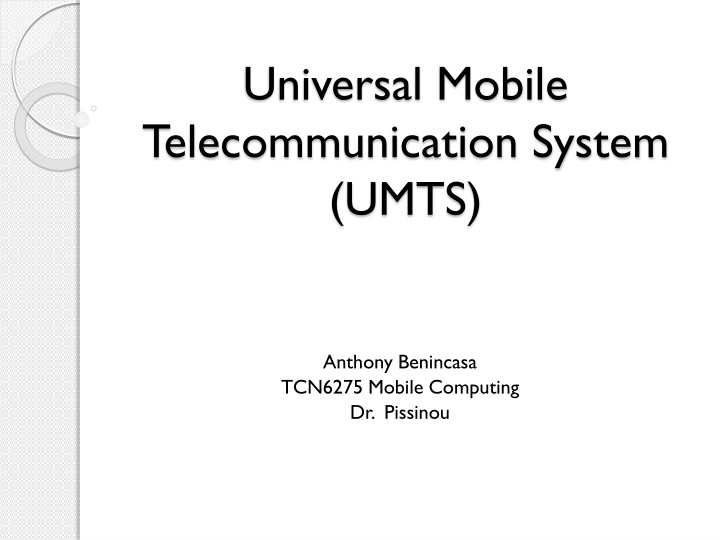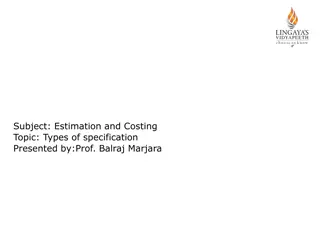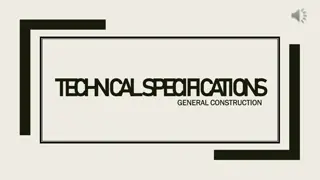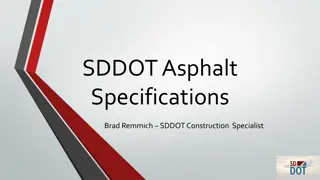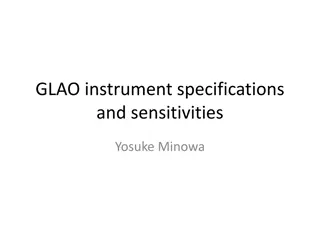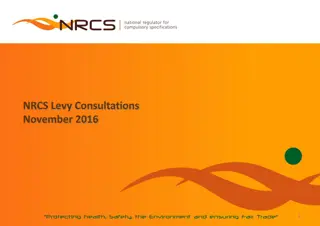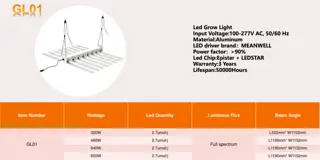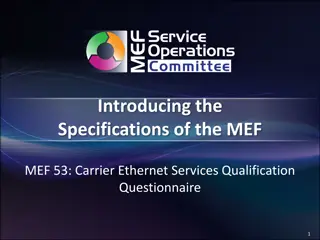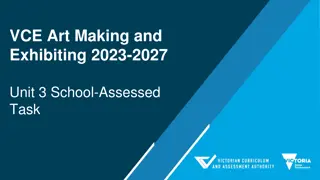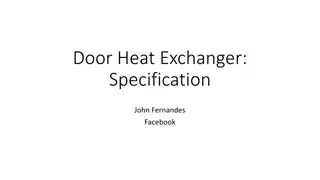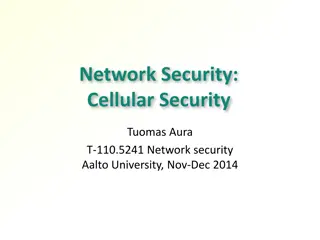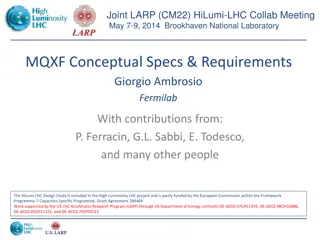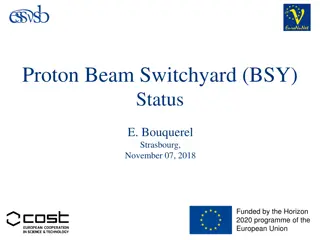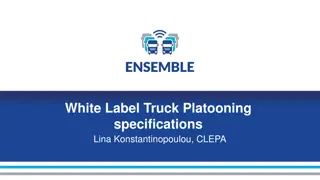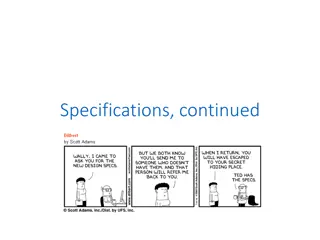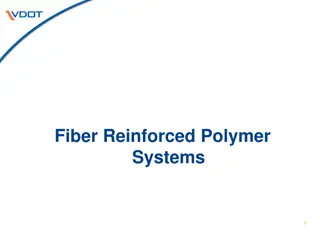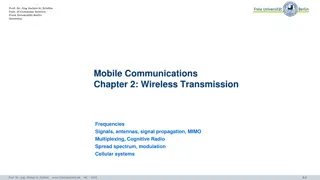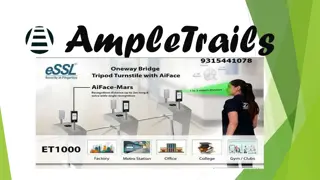UMTS Overview and Specifications
Universal Mobile Telecommunication System (UMTS) is a 3G technology providing telephony, messaging, internet services, and more. Learn about UMTS standards, specifications, quality of service, supported functionalities, and architectural details including its transition from GSM to 3G networks.
Download Presentation

Please find below an Image/Link to download the presentation.
The content on the website is provided AS IS for your information and personal use only. It may not be sold, licensed, or shared on other websites without obtaining consent from the author.If you encounter any issues during the download, it is possible that the publisher has removed the file from their server.
You are allowed to download the files provided on this website for personal or commercial use, subject to the condition that they are used lawfully. All files are the property of their respective owners.
The content on the website is provided AS IS for your information and personal use only. It may not be sold, licensed, or shared on other websites without obtaining consent from the author.
E N D
Presentation Transcript
Universal Mobile Telecommunication System (UMTS) Anthony Benincasa TCN6275 Mobile Computing Dr. Pissinou
3G Overview Provide service of telephony, paging, messaging (SMS), internet/broadband, multimedia services International Telecommunication Union (ITU) started the design of 3G European Telecommunications Standards Institute (ETSI) responsible for defining UMTS standards, December 1999
UMTS Specifications Based on GSM standards Transfer rates: 144 kbps Satellite and rural outdoor 384 kbps Urban outdoor 2048 kbps Indoor and low range outdoor Expect only up to 384 Kbit/s Uses a pair of 5 MHz channels Frequency bands: Uplink: 1885-2025 MHz Downlink: 2110-2200 MHz
UMTS Specifications (2) UMTS provides different types of Quality of Service (QoS) UMTS accommodates 4 types of traffic: Conversational class voice, video telephony Streaming class multimedia, VoD, webcast Interactive class web browsing, network gaming, db access Background class email, SMS, file downloading
UMTS Specifications (3) UMTS supports: Internet access messaging, video/music download, VoIP Intranet/extranet access email, mobile sales, corporate database Customized information/entertainment mobile messaging, gaming Multimedia messaging SMS extensions (images, video, music), document transfer Location-based services yellow pages, mobile commerce
UMTS Architecture Based on GSM still using MSC, VLR, HLR Asynchronous Transfer Mode (ATM) is the data transmission method used General Packet Radio System (GPRS) facilitates from GSM to 3G UMTS networks, enabling packet switching and allowing direct access to external packet data networks (internet) GPRS optimizes the core network for the transition to higher data rates
UMTS Architecture (2) GSM/GPRS networks use Time Division Multiple Access (TDMA) and Frequency Division Multiple Access (FDMA) air interface transmission UMTS networks use Wide-band Code Division Multiple Access (WCDMA), 2 modes of operation (Frequency Division Duplex (FDD) and Time Division Duplex (TDD)) Requires new radio access network (RAN) called UMTS Terrestrial RAN (UTRAN) UTRAN introduces 2 new network elements: Radio Network Controller (RNC) equivalent to BSC Node B equivalent to BTS (extends service to multiple cells)
Radio Network Controller RNC provides centralized control of node B elements Interfaces are ATM-based Radio Resource Management is distributed to the RNC (GSM RRM is performed in the core network) Other RNC functions: Connection to User Equipment (UE) Congestion control Handover control Broadcast signaling Ciphering Channel allocation
Node B Provide service to one or more cells Can be physically located within existing GSM BTS Uses WCDMA to connect to UE Support both FDD and TDD modes ATM switching between Node B and RNC Monitoring quality & strength of connection and calculates frame error rates Other functions include: Air transmission and reception CDMA physical channel coding Modulation and demodulation Closed loop power control
User Equipment UMTS uses USIM which identifies the subscriber to the core network USIM functions: Supports multiple user profiles Security User authentication UE is attached to both packet-switched (data) and circuit-switched (voice) domains and can concurrently use both services
Conclusion UMTS is 3rdGeneration Provides multiple functions such as broadband data transfer and voice Uses RNC and Node B instead of BSC and BTS Who uses UMTS? AT&T Sprint Nextel T-Mobile USA Verizon Wireless
References http://www.telecomspace.com/3g- umts.html http://www.umtsworld.com/technology/ov erview.htm http://docstore.mik.ua/univercd/cc/td/doc/ product/wireless/moblwrls/cmx/mmg_sg/c mxgsm.htm#1057908
